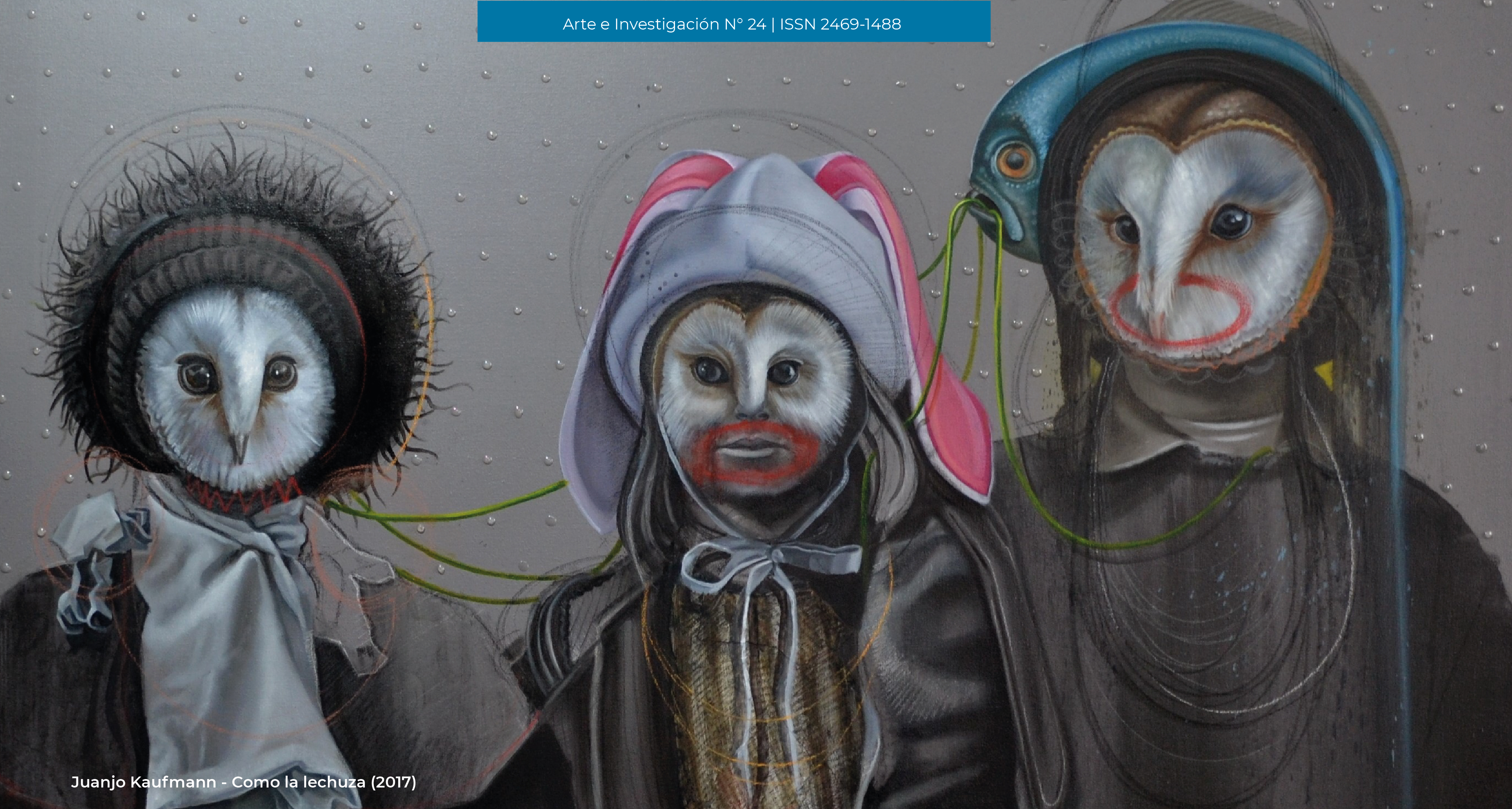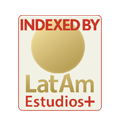Critical Ideas on Regional Dramatic Spaces
The Patagonia and Northwest Argentine Cases: 1992-2008
DOI:
https://doi.org/10.24215/24691488e101Keywords:
Artistic Theory, Dramatic Spaces, Regional Studies, Argentine DramaAbstract
This article analyzes a strategic set of theoretical and poetic essays by playwrights from Patagonia and the Argentine Northwest, in order to examine the critical operations that these texts propose regarding cultural homogenizations and historical alterities assigned to provincial art. From this perspective, we have selected two axes of study on stage spatialities: the debates on center-periphery topics and the relationships between regional spaces, language and opsis. This study will allow us to recognize the aesthetic ideas of challenge and corrosion that artists from the north and south of the country elaborate to respond to essentialist ideas about the province or the other-interior.Downloads
References
Alsina, C. (Julio 2004). Embudo contra periferia u otra manera de oponer cultura crítica contra cultura acrítica [Conferencia], II Coloquio Internacional de Teatrología, Universidad Nacional del Centro de la Provincia de Buenos Aires, Tandil. http://www.carlosalsina.com/articulob.htm
De Certeau, M. (2000). La invención de lo cotidiano. I: Artes del hacer. Universidad Iberoamericana.
Finzi, A. (1992). Teatro argentino, una estética para el fin de siglo. Espacio de Investigación y Crítica Teatral, (11), 51-56.
Guerra, D. (1996). Espacio dramático y lengua regional. Universidad Nacional de Jujuy.
Heredia, P. (2007). Regionalizaciones y regionalismos en la literatura argentina. En Castellino, M. E. (Coord.), Literatura de las regiones argentinas II (pp. 155-182). Universidad Nacional de Cuyo.
Kusch, R. (1966). Indios, porteños y dioses. Stilcograf.
Kusch, R. (1976). Geocultura del hombre americano. García Cambeiro.
Martínez, A. T. (2013). Intelectuales de provincia: entre lo local y lo periférico. Prismas. Revista de historia intelectual, (17), 169-180.
Medwid, B. (2008). Mitos y realidades de la pobreza y el Mercosur: el caso de la industria azucarera en Tucumán. En Cimadamore, A. (Comp.), La economía política de la pobreza (pp. 495-535), Clacso.
Moisés, J. C. (2007). El arte en las márgenes: centro y periferia. El Camarote. Arte y cultura desde la Patagonia, (12), 5-13.
Palermo, Z. (2005). Desde la otra orilla: pensamiento crítico y políticas culturales en América Latina. Alción.
Pérez Luna, V. (2005). Teatro y espacio social: despejar el espacio, despojar al hombre. En Nofal, R. y Pérez Luna, V. El espacio y otras ficciones (pp. 75-97), Edición de los autores.
Segato, R. (2007). La nación y sus otros. Prometeo.
Tossi, M. (2023). Poéticas con voluntad de otredad. Un estudio interregional de la dramaturgia argentina contemporánea. Biblos.
Wunenburger, J-J. (2008). Antropología del imaginario. Del Sol.
Downloads
Published
How to Cite
Issue
Section
License

This work is licensed under a Creative Commons Attribution-NonCommercial-ShareAlike 4.0 International License.
The acceptance of the manuscript by the magazine means the non-exclusive cession of the property rights of the authors in favour of the editor, who allows the reuse, after publication (post print), under a license Attribution-NonCommercial-NoDerivatives 4.0 International. According to these terms, the material can be copied and redistributed by any means or in any format as long as a) the author and original source of the publication are quoted (magazine and URL of the work), access to the license is provided and whether changes have been made is mentioned; and b) the material is not used for commercial purposes.
The cession of non-exclusive rights means that after the publication (post print) in Arte e Investigación the authors can publish their work in any language, means and format; in such cases it must be mentioned that the material was originally published in this magazine. Such cession also means the authorization of the authors for the work to be collected by SEDICI, the institutional archive of the National University of La Plata, and to be spread in the databases that the editorial team considers appropriate to increase the visibility of the publication and its authors.
Moreover, the magazine encourages the authors to deposit their productions in other institutional and thematic archives under the principle that offering the society the scientific and academic production without any restrictions contributes to a greater exchange of the global knowledge.


































